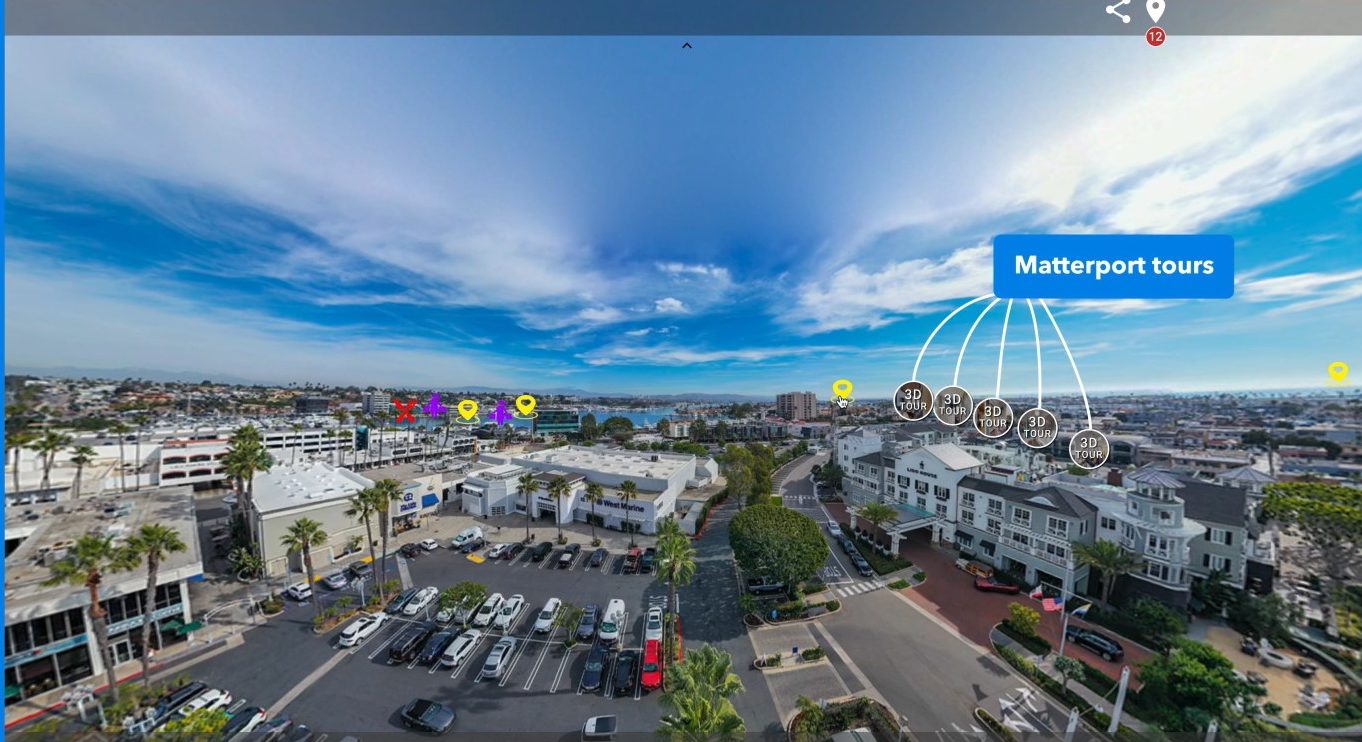panorama room photos
Panorama Room Photos: A Complete Guide for Photographers and Real Estate Professionals
Panorama room photos are transforming the way we showcase and experience spaces. Whether you’re a photographer looking to sharpen your skills or a real estate agent wanting to create more engaging property listings, panoramic photography is a powerful tool.
In this easy-to-follow guide, we’ll walk you through everything you need to know—from the basics of capturing wide-angle room shots to creating immersive virtual tours using platforms like www.threesixty.tours.
Let’s dive in and discover how you can turn ordinary room photos into extraordinary visual experiences.
I. Introduction
In today’s digital world, visual content is more important than ever. Buyers, renters, and clients expect more than just static images—they want to feel like they’re already in the space. That’s where panorama room photography comes in.
Panorama photos give viewers a full view of a room—often 180 to 360 degrees—letting them explore every corner. These images are especially valuable in industries like:
- Real Estate
- Interior Design
- Hospitality
- Tourism
For photographers, panorama photography opens up creative possibilities. For real estate professionals, it’s a way to stand out in a crowded market.
When you upload your panoramas to www.threesixty.tours, they become interactive virtual tours that clients can explore from any device. This not only boosts engagement but also helps convert views into inquiries.
This guide is your roadmap to mastering panorama room photography. We’ll cover:
- The gear you need
- Shooting techniques
- Room setup tips
- Editing tricks
- How to make the most of your images with virtual tour software
II. Understanding Panorama Photography
Let’s start with the basics. What is panorama photography, and why is it so effective?
A. What Is Panorama Photography?
Panorama photography captures wide-angle views by either stitching multiple photos together or using a special panoramic camera. The result is a seamless image that shows an entire space in one frame.
Unlike traditional photos, panoramas give context. They show how different parts of a room connect, which helps viewers understand the layout and scale.
B. How Panoramas Are Created
There are two main ways to create panoramic images:
- Stitching Multiple Photos: This is the most common method. You take several overlapping images of a room and merge them using software. The overlap (usually 20–30%) helps the software align and blend the images smoothly.
- Using a Panoramic Camera: Some cameras are built to capture 360-degree images in a single shot. These are great for quick results, but they may not offer the same quality or control as manual stitching with a DSLR or mirrorless camera.
C. Essential Equipment
To get started, here’s what you’ll need:
- A DSLR or mirrorless camera for high-quality images.
- A sturdy tripod with a panoramic head to keep your shots level and consistent.
- A remote shutter release to avoid camera shake.
- Editing software like Adobe Lightroom, Photoshop, or PTGui for stitching and retouching.
For photographers who want to streamline the process, 360-degree cameras like the Ricoh Theta Z1 or Insta360 One X2 are great options. They’re compact and designed specifically for virtual tour creation.
D. Types of Panoramas
Not all panoramas are the same. Here are a few types you should know:
- Cylindrical Panoramas: These wrap around horizontally and are great for room interiors.
- Spherical Panoramas: These include the ceiling and floor, creating a full 360×180 view—perfect for virtual tours.
- Partial Panoramas: These cover wide angles (120°–180°) but not the full circle. Ideal for smaller rooms or tighter spaces.
Want to see how spherical panoramas look in action? Visit www.threesixty.tours and explore sample virtual tours.
III. Ideal Settings for Panorama Room Photos
Getting the shot right starts with choosing the right environment. Let’s look at what makes a room ideal for panoramic photography.
A. Best Rooms to Photograph
- Open and Spacious Rooms: Large rooms are easier to capture and tend to look better in panoramic format. Living rooms, kitchens, and open-plan spaces are ideal. They allow for better composition and fewer distortions.
- Unique Spaces: Rooms with interesting architectural features—like vaulted ceilings, bay windows, or detailed moldings—are perfect for panoramas. These elements add depth and character to your images.
- Outdoor-Connected Spaces: Don’t limit yourself to interiors. Patios, balconies, and garden spaces can be included in your panorama to show seamless indoor-outdoor living. This is especially appealing in real estate listings.
B. Lighting Tips
Good lighting is essential for clean, professional-looking panoramas.
- Use natural light whenever possible. Open curtains and blinds to let in daylight.
- Avoid shooting during midday when the light is harsh and creates strong shadows.
- The golden hour—shortly after sunrise or before sunset—offers soft, flattering light.
- Avoid mixing light sources (like daylight and warm indoor lights) as this can cause color inconsistencies.
- If the room is dim, use soft fill lights or reflectors to brighten dark corners without creating harsh shadows.
C. Best Time of Day
- Morning: Great for east-facing rooms.
- Afternoon: Ideal for west-facing rooms with warm light.
- Evening: Use this time to capture ambiance with interior lighting. This works well for luxury listings or hospitality venues.
D. Keep It Clean and Clutter-Free
Before shooting, tidy up the space. Remove personal items, excess furniture, and anything that might distract from the room’s features.
A clean, well-lit space always photographs better—and helps your panoramas shine on platforms like www.threesixty.tours.
IV. Composition Tips for Captivating Room Panoramas
Now that you’ve picked the right room and set the lighting, it’s time to compose your shot.
A. Framing and Perspective
- Choose a focal point. This could be a fireplace, a large window, or a piece of furniture.
- Use the rule of thirds to guide your composition. Even in wide shots, this helps balance the image.
- Position your camera at eye level—typically 4 to 5 feet high. This gives a natural perspective.
B. Staging the Room
- Arrange furniture to highlight the room’s best features.
- Use symmetry when possible. It draws the eye and creates visual harmony.
- Add small touches like plants, books, or throw pillows to make the space feel welcoming.
C. Using Lines and Angles
- Use leading lines—like floorboards, rugs, or ceiling beams—to guide the viewer’s eye.
- Avoid distortion by rotating your camera around its nodal point. This prevents objects from shifting between frames.
- A panoramic tripod head helps maintain straight lines and consistent angles.
Good composition ensures your panoramas aren’t just wide—they’re beautiful. When you upload them to www.threesixty.tours, that extra polish can make all the difference.
V. Post-Processing Techniques
Capturing the shot is just the beginning. Editing your panorama is where the magic happens.
A. Stitching Your Images
Use software like:
- Adobe Lightroom: for organizing and basic edits
- Photoshop: for manual stitching and retouching
- PTGui or AutoPano: for advanced stitching with minimal distortion
Make sure your images have consistent exposure and white balance before stitching. This helps avoid visible seams.
B. Editing Basics
- Color Correction: Adjust white balance, contrast, and saturation. Keep it natural—over-editing can make the room look unrealistic.
- Straightening: Use gridlines to align vertical and horizontal elements. Crooked walls or floors are distracting.
- Cropping: Trim the edges to remove any stitching artifacts or lens flares.
C. Advanced Techniques
- HDR Blending: Combine multiple exposures to capture both bright windows and dark corners.
- Noise Reduction: Smooth out grainy areas, especially in low-light scenes.
- Selective Sharpening: Enhance textures like wood, fabric, or tile without making the whole image look harsh.
These techniques help your panorama look clean, crisp, and professional—perfect for showcasing on www.threesixty.tours.
VI. Bonus Tips: Common Mistakes to Avoid
Even experienced photographers make mistakes. Here are a few to watch out for:
- Not enough overlap: Always aim for 20–30% overlap between shots.
- Moving objects: Avoid shooting when people or pets are in the room.
- Inconsistent lighting: Shoot all images under the same lighting conditions.
- Ignoring the ceiling and floor: For full 360 tours, include shots of both.
Want more pro-level advice? Check out this article on 360-degree photography tips from PetaPixel.
VII. Conclusion
Panorama room photography is more than just a trend—it’s a powerful way to tell visual stories that captivate and convert.
Whether you’re a photographer looking to expand your portfolio or a real estate agent wanting to make your listings stand out, panoramic images can elevate your work to the next level.
We’ve covered everything from gear and shooting techniques to editing and virtual tour integration. Each step is an opportunity to improve your final result.
And remember, platforms like www.threesixty.tours make it easy to turn your panoramas into stunning virtual experiences. With just a few clicks, you can create interactive tours that impress clients and drive results.
So grab your camera, set up your tripod, and start experimenting. With practice and creativity, your panorama room photos will not only showcase spaces—they’ll bring them to life.
Ready to get started? Explore how www.threesixty.tours can help you share your panoramic images in immersive, interactive virtual tours that wow your audience.


